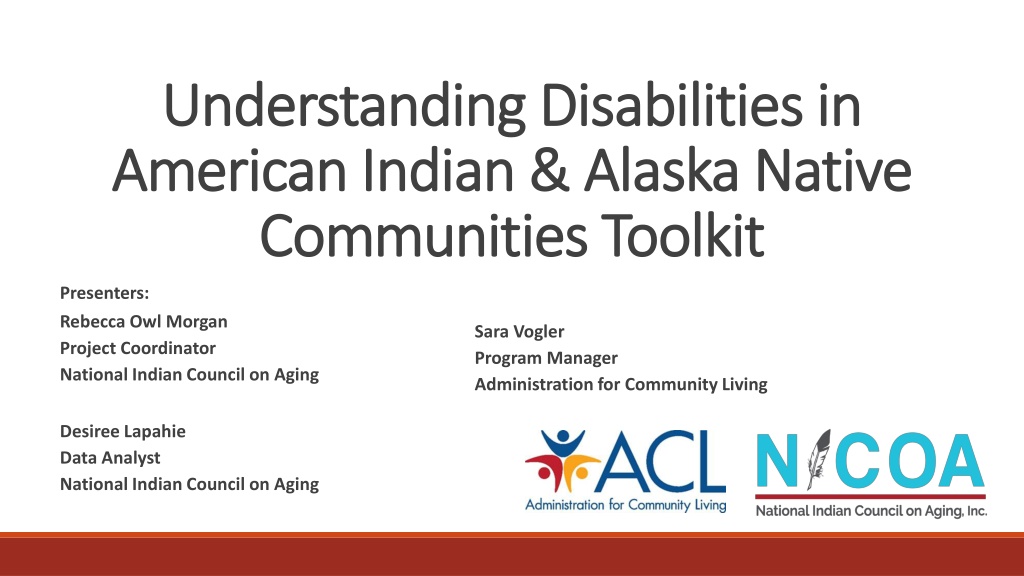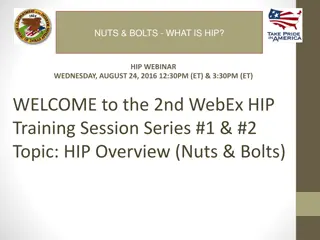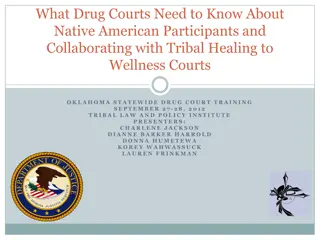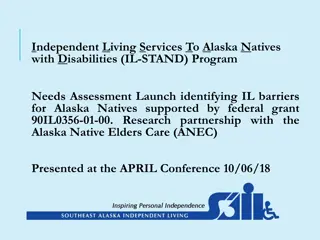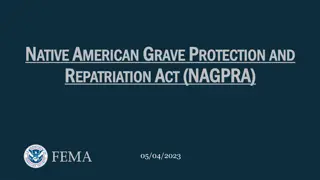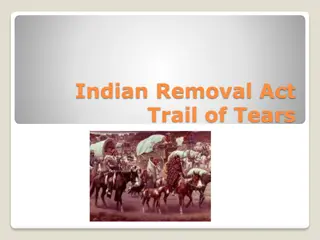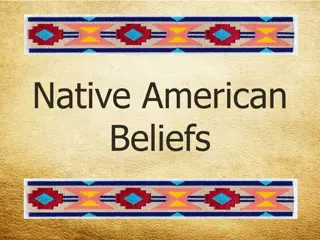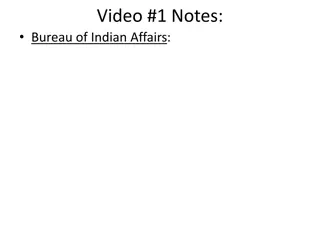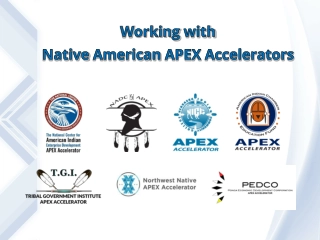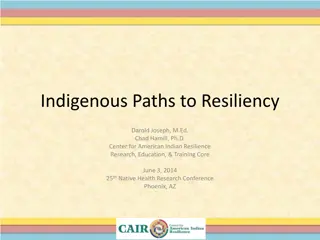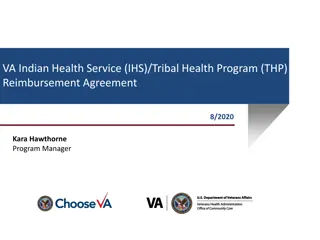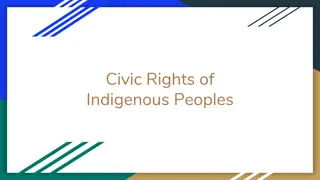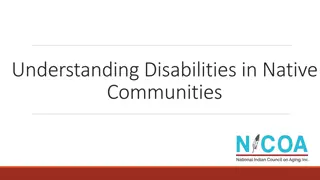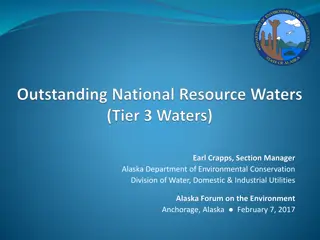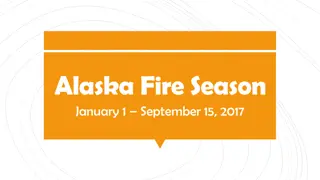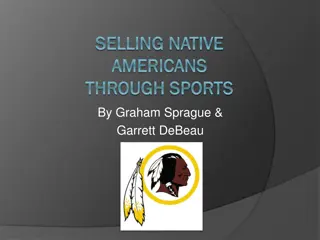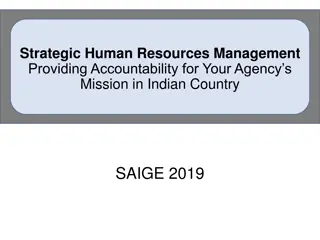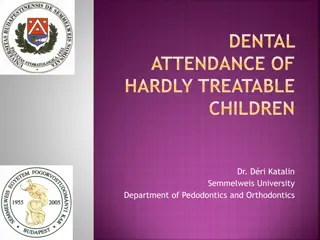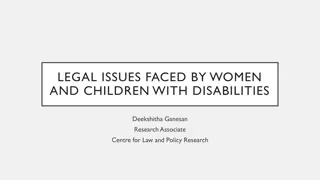Understanding Disabilities in American Indian & Alaska Native Communities Toolkit
The toolkit aims to raise awareness about the needs of American Indian and Alaska Native individuals living with disabilities. Statistics show a higher prevalence of disabilities within these communities compared to the national average. The concept of disability is explored, along with indigenous perspectives and cultural stories related to disabilities. It emphasizes the importance of inclusivity and respect, highlighting the resilience and strength of indigenous peoples. The goal is to foster collaboration in creating effective and relevant support systems.
Download Presentation

Please find below an Image/Link to download the presentation.
The content on the website is provided AS IS for your information and personal use only. It may not be sold, licensed, or shared on other websites without obtaining consent from the author. Download presentation by click this link. If you encounter any issues during the download, it is possible that the publisher has removed the file from their server.
E N D
Presentation Transcript
Understanding Disabilities in Understanding Disabilities in American Indian & Alaska Native American Indian & Alaska Native Communities Toolkit Communities Toolkit Presenters: Rebecca Owl Morgan Project Coordinator National Indian Council on Aging Sara Vogler Program Manager Administration for Community Living Desiree Lapahie Data Analyst National Indian Council on Aging
Overview Purpose of the toolkit is to increase awareness and knowledge of the needs of the American Indian and Alaska Native (AI/AN) persons living with a disability If we live long enough, each of us will experience life with a disability. So why not make things accessible to all?
Who is Living with a Disability? Data from the Centers for Disease Control and Prevention found that 30% of AIAN adults have a disability. Native people overall are 50.3 percent more likely to have a disability when compared to the national average.
Disability is defined as a condition caused by an accident, trauma, genetics or disease which may limit a person s mobility, hearing, vision, speech or mental function. Disability Defined Many different definitions based on government programs.
Indigenous views on Disability There are some cultural stories of people with disabilities and there are some tribes that don t have one Some tribes use descriptive language to describe a person with a disability Not every Indigenous language has a word for disability
Indigenous views on Disability 1) Navajo (Dine): Story of Early Dawn Boy Different versions but the lessons are the same Have compassion 2) Hopi: Cross-Legged Kachina (Huhuwa) He has other qualities he brings to the community: dances, jokes, composes songs, Teaches people to be kind and respectful to each other
Often, people think were a culture that needs rescuing, and we re not. We re a people who are very resilient, very strong, and we want to be partners in creating systems that are effective and matter. We don t want to be served; we want to be part of building service structure. -Dr. Crystal Hernandez advocate and parent of a child with a disability
Understanding Disabilities in Native Communities toolkit Reviewed the 2003 Toolkit Guide, originally published from the National Council on Disability (NCD) Gathered a team of technical experts in the AIAN disability network Collaborated with the experts to pinpoint the changes needed to the toolkit
Whats inside the Toolkit? Employment There are sections on: Assistive technology and many Healthy living more Independent living Vocational rehabilitation
Vocational Rehabilitation (VR) programs Tribal VR programs Resources Currently there are 93 programs across 26 states based on American Indian Vocational Rehabilitation Training & Technical Assistance Center Entrepreneurships programs within tribes
Assistive Technology Assistive technology is any item, piece of equipment, software program or product system that is used to increase, maintain or improve the functional capabilities of persons with disabilities. Financing Programs for Assistive Technology Rehabilitation and job training programs may pay for assistive technology and training
Independent Living An Independent Living model focuses on how people with disabilities can navigate community barriers to live an active life of their choosing. Tribal Centers for Independent Living Assist! To Independence in AZ Cherokee Nation Home Health Services, Inc Culturally Informed Programs Examples prayer, ceremony
YouTube Channel The Toolkit is enlivened with quotes from those who contributed to the update. These same experts were interviewed and the videos from these interviews are available to view on NICOA s YouTube channel. https://www.youtube.com/playlist?list=PLdjDxRnZTvH1jLWJNQqbRZAV_r6PoUwHx We need more inclusion of people with disabilities in the decision-making process in all the programs that affect our lives, housing, health care, Vocational Rehabilitation. Joseph Ray
Disability Etiquette Ask before you help: Interact with the person as a person first. Just because someone has a disability, don t assume they need help. Be sensitive about physical contact: Avoid touching their wheelchair, scooter or cane. Their equipment is part of their personal space Think before you speak: Always speak directly to the person with a disability, not to their companion, aide or sign language interpreter.
One of my efforts is to address the stigma associated with disability and not to be afraid, not to be ashamed, but to be free, and to be vocal about what is impacting us, and how do we see a remedy being provided, with our voices being included -Dr. Kimberly Yellow Robe, Advocate
